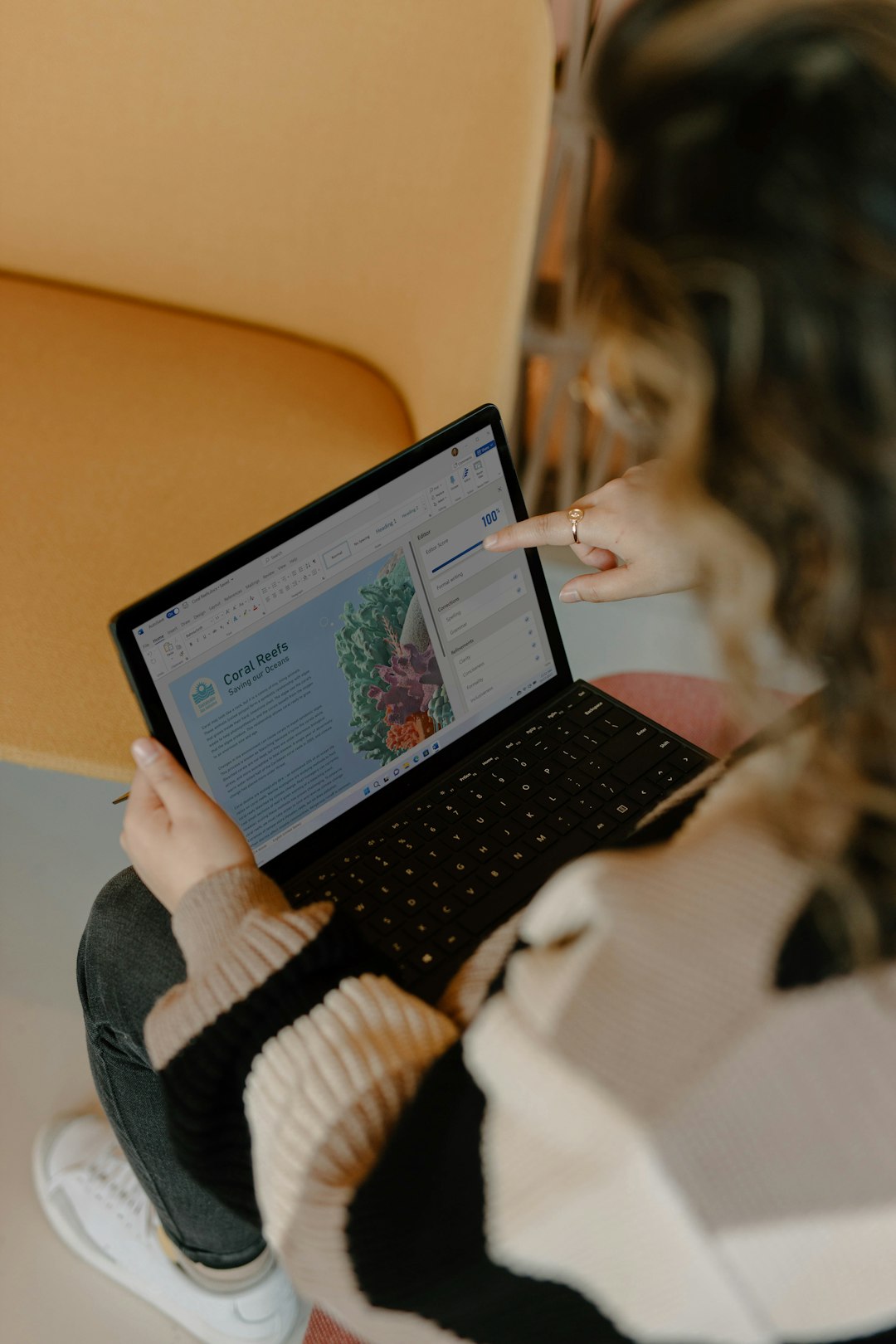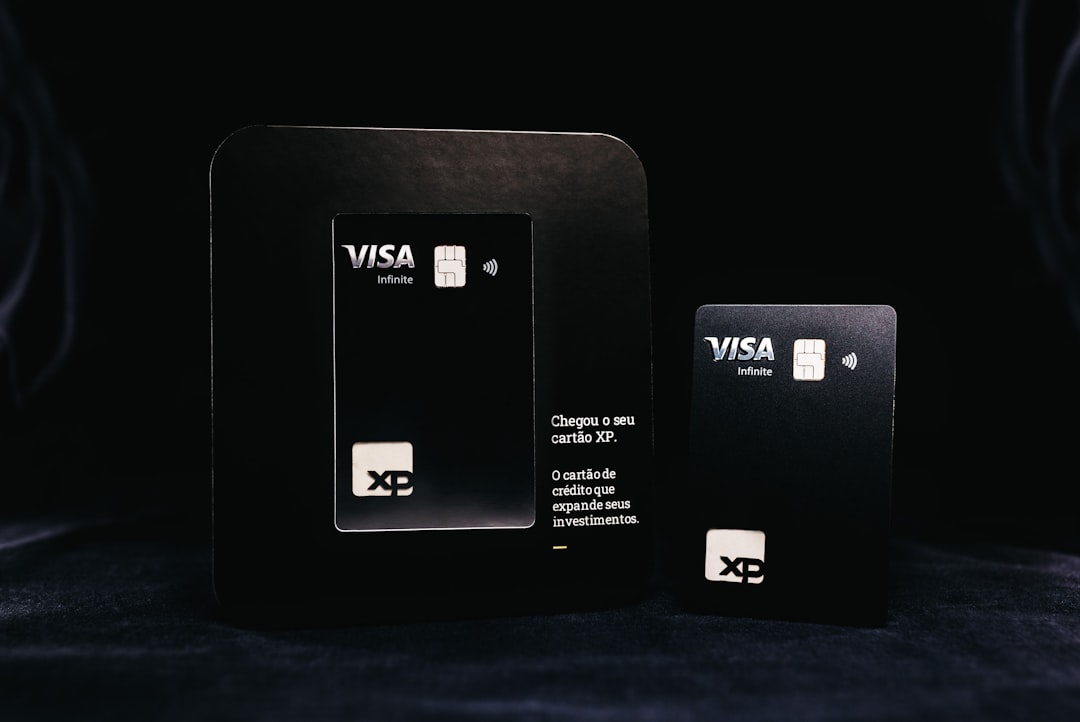Your First Steps to Nomad Living Ultimate Guides and Checklists

Welcome to the Nomad Journey
Leaving the familiar behind and embracing a life on the move is both thrilling and daunting. This guide gathers the essential steps, resources and checklists you need to turn the idea of nomad living into a sustainable reality. It is organized as a practical roadmap – each section builds on the previous one so you can move forward with confidence.
Mindset and Vision
Before you start buying gear or booking tickets, take a moment to clarify why you want to become a nomad. A clear purpose acts as an internal compass when challenges arise.
- Identify your core motivations – freedom, cultural immersion, career flexibility, personal growth, or a combination of these.
- Define success for yourself – is it a certain number of countries per year, a stable remote income, or simply a feeling of belonging everywhere?
- Write a short manifesto – a paragraph that captures your nomadic vision. Keep it visible on your phone or laptop for daily motivation.
Legal Foundations
Visa Strategies
Each country has its own rules for long‑term stays. Research and plan ahead to avoid costly overstays.
| Region | Typical Stay | Common Visa Options | Tips |
|---|---|---|---|
| Europe (Schengen) | 90 days within 180 days | Tourist, Working Holiday, Digital Nomad | Use a visa calculator to track days |
| Southeast Asia | 30–60 days | Tourist, Visa‑run, Long‑term digital nomad | Some countries offer 6‑month digital nomad visas |
| Central America | 90–180 days | Tourist, Temporary Resident | Check if you can extend locally |
| South America | 90 days | Tourist, Digital Nomad | Brazil and Colombia have new nomad visas |
- Create a master spreadsheet with columns for country, visa type, duration, application link, cost, required documents and renewal dates.
- Set reminders 30 days before any visa expires. Use a calendar app with alerts.
Work Authorization
If you plan to work for a company while traveling, confirm that your employment contract permits remote work from abroad. For freelancers, ensure your contracts do not contain location‑specific clauses that could invalidate agreements.
Insurance
A comprehensive travel and health insurance plan is non‑negotiable.
- Medical coverage that includes hospitalization, evacuation and COVID‑19 treatment.
- Personal belongings insurance for theft or loss of gear.
- Liability coverage if you will be providing services in person (e.g., teaching, consulting).
Compare providers such as World Nomads, SafetyWing and IMG Global. Keep digital copies of policy numbers and emergency contacts on your phone.
Financial Foundations
Banking on the Move
- Open an international bank account with low fees, multi‑currency support and a strong mobile app (e.g., Wise, Revolut, N26).
- Maintain a backup card stored separately in case of loss or fraud.
- Set up automatic bill payments for recurring expenses like domain renewals, subscriptions, or loan repayments.
Budgeting
Create a flexible budget that accounts for variable costs.
- Fixed monthly expenses – internet, insurance, software subscriptions, debt payments.
- Variable expenses – accommodation, food, transport, activities.
- Emergency fund – at least three months of living costs in a readily accessible account.
Track spending with apps like Mint, YNAB or a simple spreadsheet. Review the budget weekly to adjust for currency fluctuations.
Taxes
Remote work does not free you from tax obligations.
- Determine your tax residency – most countries consider you a tax resident if you spend more than 183 days there.
- Consult a tax professional experienced with expatriates to understand filing requirements in your home country and any host countries.
- Keep detailed records of income, expenses and travel dates. Digital receipts stored in cloud folders simplify year‑end reporting.
Choosing a Home Base
Research Criteria
- Cost of living – use Numbeo or Expatistan to compare rent, food and transport.
- Internet reliability – check speedtest‑global‑index.com and nomad forums for real‑world experiences.
- Community – presence of coworking spaces, meet‑ups, or Facebook groups.
- Safety – consult government travel advisories and local expat blogs.
- Visa friendliness – consider how long you can legally stay without frequent border crossings.
Short‑Term Test Stays
Before committing to a longer stay, try a 2‑4 week trial.
- Book a flexible Airbnb or a hostel with private rooms.
- Work from a local coworking space for a few days.
- Explore neighborhoods, grocery stores and transport options.
Use the trial to confirm that the city meets your lifestyle and work requirements.
Long‑Term Options
When you have identified a favorite spot, look for:
- Month‑to‑month rentals – serviced apartments, sublets or “rent‑by‑the‑room” listings on platforms like Spotahome or Nestpick.
- Co‑living communities – intentional groups that combine housing, coworking and social events (e.g., Selina, Outsite).
- Local connections – ask fellow nomads for referrals; often a trusted host can negotiate a better rate.
Packing Essentials
The key to a light yet functional packing strategy is to prioritize versatility, durability and replaceability. Below is a master checklist broken into categories. Feel free to tailor it to your climate preferences and personal habits.
Core Gear
- Backpack – 40‑60 L travel pack with rain cover, padded hip belt and lockable zippers.
- Daypack – 15‑20 L foldable bag for daily excursions.
- Packing cubes – at least three (large, medium, small) for clothing organization.
- Travel wallet – RFID‑blocking, with slots for passport, visas, cards and cash.
Clothing
| Item | Quantity | Notes |
|---|---|---|
| T‑shirts (quick‑dry) | 4‑5 | Neutral colors, easy to layer |
| Long‑sleeve shirts | 2‑3 | For cooler evenings |
| Light sweater or fleece | 1 | Versatile for many climates |
| Waterproof jacket | 1 | Breathable membrane |
| Pants (mix of jeans, chinos, travel pants) | 2‑3 | One pair convertible to shorts |
| Shorts | 2‑3 | Quick‑dry fabric |
| Underwear | 7‑10 | Moisture‑wicking |
| Socks (including a few wool) | 7‑10 | One pair for hiking |
| Swimwear | 1‑2 | Compact |
| Sleepwear | 1‑2 | Comfortable, lightweight |
| Hat / cap | 1 | Sun protection |
| Gloves & scarf | Optional | For cold destinations |
| Shoes (sneakers, sandals, boots) | 3 pairs total | Choose one versatile pair, one for water, one for hiking |
Tech & Productivity
- Laptop – lightweight (13‑inch) with solid battery life.
- Portable monitor – optional, but great for multitasking.
- Smartphone – unlocked, with local SIM capability.
- Power bank – 20 000 mAh or higher.
- Universal travel adapter – includes USB‑C ports.
- External SSD – 1‑2 TB for backups.
- Noise‑cancelling headphones – essential for coworking spaces.
- Cable organizer – keep chargers, cords and adapters tidy.
Health & Hygiene
- First‑aid kit – band‑aids, antiseptic wipes, pain relievers, any prescription meds.
- Reusable water bottle – stainless steel or BPA‑free.
- Travel toiletry bag – leak‑proof with compartments.
- Toiletries – toothbrush, toothpaste, razor, deodorant, shampoo bar, soap, nail clippers.
- Sunscreen – SPF 30+ and lip balm with SPF.
- Reusable travel towel – quick‑dry microfiber.
Documentation & Security
- Digital copies – scan passport, visas, insurance, driver’s license; store in encrypted cloud (e.g., Google Drive with 2FA).
- Travel lock – TSA‑approved for hostel lockers.
- Money belt or hidden pouch – for cash and extra cards.
Optional Extras
- Compact camera – if photography is a priority.
- Travel journal – for reflections and planning.
- Language phrasebook or app – offline dictionaries help in low‑connectivity areas.
- Portable laundry kit – sink‑friendly wash bag, travel detergent, travel clothesline.
Packing Methodology
The 3‑Box System
- Essentials Box – items you need immediately on arrival (passport, wallet, phone, a change of clothes). Pack this in the top compartment of your backpack.
- Core Box – everyday wear, tech, toiletries. Organized with packing cubes for easy access.
- Flex Box – season‑specific items, extra shoes, optional gear. Store in the bottom compartment or a separate duffel if space allows.
Weight Management
- Aim for a total pack weight of 15‑20 kg (including laptop and daypack).
- Weigh your bag before each trip using a luggage scale; adjust by swapping items with lighter alternatives.
Minimalist Mindset
- Adopt the “one‑in‑one‑out” rule – for every new item you bring, discard or donate an existing one.
- Buy locally – if you need a specific item (e.g., a winter jacket) consider purchasing it at your destination and shipping it home later.
Setting Up Your Remote Work Environment
Internet Solutions
- Local SIM with data – often the most reliable and affordable.
- Portable Wi‑Fi hotspot – useful when traveling between cities.
- Coworking memberships – many spaces offer day passes; some provide discounted monthly rates for long‑term nomads.
Workspace Ergonomics
- Laptop stand – portable, collapsible models improve posture.
- External mouse – ergonomic and reduces strain.
- Portable keyboard – optional but helpful for extended typing sessions.
Productivity Tools
- Time‑zone management – tools like World Time Buddy or Google Calendar with multiple time‑zone support.
- Task management – Asana, Trello or Notion to keep projects organized across borders.
- File sharing – Google Drive, Dropbox or OneDrive for collaborative work.
Communication
- Video conferencing – ensure a stable internet connection; test audio/video before important calls.
- Messaging – Slack, Discord or WhatsApp groups for team communication.
Health, Safety and Well‑Being
Routine Health Practices
- Stay hydrated – aim for 2‑3 L of water per day, especially in hot climates.
- Maintain a balanced diet – incorporate fresh produce from local markets; use a portable blender for smoothies if you enjoy them.
- Exercise regularly – bodyweight workouts, yoga, or using local gyms and parks.
Mental Health
- Schedule regular social interactions – join meet‑ups, coworking events or language exchanges.
- Create a “home base” routine – even a simple morning ritual (coffee, journal, stretch) provides stability.
- Use mental‑health apps – Headspace, Calm or Insight Timer for guided meditation.
Safety Precautions
- Research local safety tips – read recent traveler reviews on forums like Reddit r/digitalnomad or Nomad List.
- Keep valuables out of sight – use a hidden pouch under clothing when in crowded areas.
- Backup data daily – automatic cloud sync reduces risk of data loss.
Travel Logistics
Flight Planning
- Use flight‑search aggregators – Skyscanner, Google Flights, or Momondo. Set price alerts for flexible dates.
- Consider “open‑jaw” tickets – fly into one city and out of another to maximize travel efficiency.
- Pack a travel‑size toiletry bag in your carry‑on – avoids delays at security.
Ground Transportation
- Public transit passes – many cities offer weekly or monthly cards that are cheaper than single tickets.
- Ride‑sharing apps – Uber, Lyft, Grab or local equivalents.
- Bike rentals – many European and Asian cities have dock‑less bike programs.
Accommodation Strategies
- Short‑term platforms – Airbnb, Booking.com, or local equivalents for flexibility.
- Long‑term rentals – negotiate directly with owners on Facebook groups or local classifieds.
- Hostels with private rooms – cost‑effective and often include communal kitchens.
Documentation Checklist Before Departure
- Passport (valid for at least 6 months)
- Visas (printed copies and digital backups)
- Travel insurance policy and emergency contacts
- Flight and accommodation confirmations
- Emergency cash in local currency and a backup USD/EUR card
- List of important contacts (family, employer, local embassy)
Community and Networking
Online Hubs
- Nomad List – city rankings, cost of living, internet speed data.
- Remote OK – remote‑job board and community forum.
- Reddit r/digitalnomad – Q&A, experiences, gear recommendations.
In‑Person Meet‑Ups
- Coworking space events – many host happy hours, workshops and skill‑share sessions.
- Language exchange cafés – improve local language while meeting residents.
- Volunteer opportunities – short‑term projects can deepen cultural immersion.
Building a Support System
- Create a “travel buddy” list – keep a spreadsheet of fellow nomads you meet, with contact info and preferred communication channels.
- Schedule regular check‑ins – monthly video calls with friends or family to share updates and maintain connections.
Ongoing Checklist – The Nomad Maintenance Loop
| Frequency | Action |
|---|---|
| Daily | Review to‑do list, check internet speed, hydrate, journal |
| Weekly | Update budget spreadsheet, backup all work files, clean living space |
| Monthly | Review visa status, renew any expiring documents, evaluate insurance coverage |
| Quarterly | Reassess long‑term destination, negotiate new accommodation rates, rotate wardrobe items |
| Annually | File taxes, review health insurance, set new nomadic goals, declutter gear |
Keeping this loop active prevents small issues from becoming major setbacks and ensures a smooth, adaptable nomadic lifestyle.
Final Thoughts
Transitioning to nomad living is a process of continuous learning, adjustment and intentional decision‑making. By establishing a solid legal and financial foundation, selecting destinations that align with your values, packing wisely, and cultivating a supportive community, you set the stage for a sustainable and rewarding adventure. Use the checklists and resources provided here as living documents—update them as you gain experience and as the world changes. Your first steps are now clearly mapped; the road ahead is yours to explore.
Random Posts

City Escapes for Nomads Budget Flights and Local Transit Secrets
Discover five affordable city escapes for digital nomads, learn how to snag cheap flights, and master the local transit tricks that let you live like a resident while keeping your work on track.
1 month ago

Top Remote Job Boards Every Freelancer Should Bookmark
Discover the essential remote job boards that let freelancers skip endless scrolling, find vetted projects, filter by pay and length, and turn the job hunt into a quick, predictable routine.
1 week ago

Top Apps Every Nomad Needs for Seamless Remote Work
Discover the must-have apps that keep nomads connected: Slack for organized team chat and integrations, Microsoft Teams for unified messaging, video and Office collaboration, plus essential tools for reliable remote work.
2 months ago

Bali Budget Blueprint for Digital Nomads
Discover how to live and work in Bali on a budget with clear expense breakdowns, money-saving tips, and sample monthly plans that let you enjoy the island without overspending.
1 month ago

Unlocking Seamless Banking and Payments Anywhere in the World
Discover how digital nomads can bank and pay anywhere - quickly, safely, and affordably. Learn the right accounts, payment platforms, and legal tips to keep your money moving across borders.
2 months ago
Latest Posts

Essential Software Every Remote Professional Should Use
Master remote work with essential tools: instant messaging like Slack, high definition video calls such as Zoom, and asynchronous voice apps. Streamline communication, stay connected and boost productivity.
1 day ago

Mastering Remote Work Productivity for Digital Nomads and Freelancers
Learn proven habits, tools, and tactics that help digital nomads and freelancers stay focused, deliver quality work, and maintain a sustainable lifestyle while traveling the world.
1 day ago

Tech‑Friendly European Towns Perfect for Remote Living
Discover Europe’s best small towns where fast internet, affordable living and vibrant tech communities let you work remotely while soaking up historic charm, lakeside views or mountain air.
1 day ago